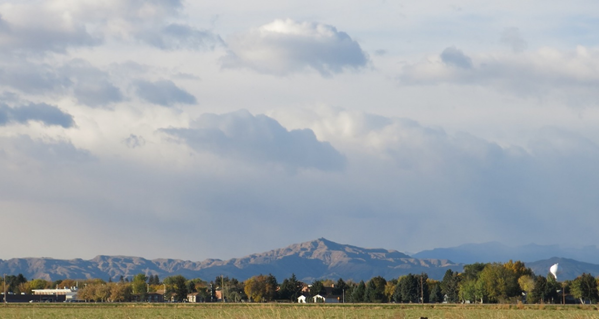
What makes Neolithic brand special?
Location. Wyoming’s Big Horn Basin is an arid high elevation basin just east of Yellowstone National Park. Powell, Wyoming, where our grain is processed only receives about 7 inches (17.5cm) of rain per year. The higher elevation means that we have a shorter growing season as well. This is similar to the native regions for these grains in the foothills of the Zagros Mountains in Iran, Iraq and Turkey.
Growing system: Low rainfall means that we must rely on irrigation to grow crops. Our water comes from the Yellowstone plateau (Yellowstone National Park). It flows down the Shoshone River to Buffalo Bill reservoir with the spring run-off. From there it flows out to farmers via irrigation ditches.
Ditches are the earliest form of irrigation. Current archaeology shows evidence of irrigation ditches in the ninth millenium B.C. This so-called ‘flood irrigation’ system is not as water efficient as modern sprinkler systems. However, it has a distinct advantage. It keeps the heads of the plant dry. This reduces instances of ergot and head smut and makes for more reliable and consistent crops. This is also why the Big Horn Basin is known for malt barley and seed production.
Quality processing: follow the link to the processing page: Link